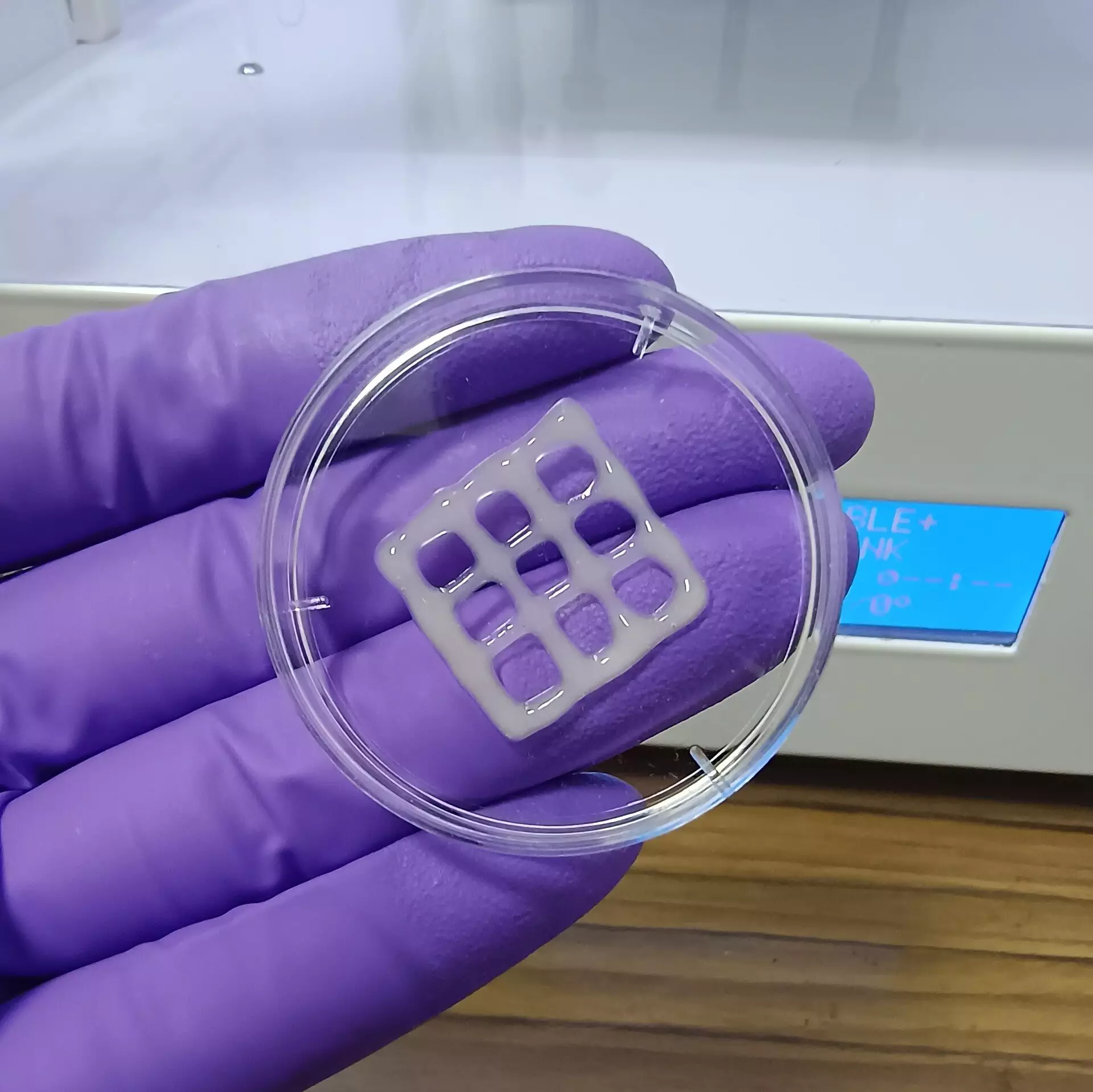Lung diseases are a major global health crisis, accounting for millions of deaths annually. Despite the grave statistics, effective treatment methods remain scarce, with limited options often leaving patients struggling for relief. While organ transplantation offers a solution for some, the shortage of donor organs means that many patients must rely on therapies that only manage their symptoms. Chronic conditions such as chronic obstructive pulmonary disease (COPD) and cystic fibrosis currently have no definitive cure, highlighting the urgent need for innovative research and development in this area.
Animal models have long served as the primary method for studying human diseases, including lung conditions. However, these models fall short of replicating the complex nature of human pulmonary diseases, often producing results that are not directly translatable to human biology. The limitations of rodent models underline the critical need for more accurate and relevant research methodologies. Researchers are increasingly recognizing that a new approach is necessary, one that can not only simulate human lung tissue more effectively but also expedite the process of drug testing and development.
In recent years, advances in bioengineering have led to the exploration of 3D printing as a means to create lung tissue in the laboratory. This fascinating technology has the potential to produce constructs that closely mimic the structure and function of human lungs. However, a significant hurdle remains: the design of bioinks that can support and sustain cell growth during and after the printing process. The development of a viable bioink can pave the way for producing not only better research models but also potential therapeutic implants for patients suffering from lung diseases.
An Innovative Step Forward: Mucin-Based Bioink
In a groundbreaking study published in *ACS Applied Bio Materials*, researchers are taking strides toward surmounting the bioink challenge. Led by Ashok Raichur, the team is investigating mucin, a component of mucus that has not traditionally been utilized in bioprinting. Mucin’s unique characteristics include segments of its molecular structure resembling epidermal growth factor, a vital protein that aids cell attachment and growth. The researchers set out to modify mucin through a chemical reaction with methacrylic anhydride, resulting in a new formulation known as methacrylated mucin (MuMA).
The newly developed bioink incorporates lung cells mixed with MuMA and is further enhanced with hyaluronic acid, a natural polymer that improves viscosity and promotes cellular adhesion. This blend creates a robust medium conducive to cell survival and growth. The researchers successfully printed intricate structures using this bioink and exposed them to blue light, inducing crosslinking that stabilizes the printed constructs into a porous gel. This gel not only absorbs water effectively but also facilitates the diffusion of essential nutrients and oxygen to cells, a crucial factor for successful tissue engineering.
Future Applications and Implications
The implications of this research are profound. The printed structures have shown promise in being non-toxic and possessing a biodegradability profile that allows them to gradually be replaced by living lung tissue. This could revolutionize tissue implants, providing a potentially viable solution for patients awaiting transplants or those unable to receive them. Moreover, beyond the clinical applications, this mucus-based bioink can serve as a powerful tool for scientists studying the mechanisms underlying various lung diseases—offering insights that may lead to the development of novel treatments.
The work undertaken by Raichur and colleagues signifies a methodological shift in the field of lung disease research. By harnessing the properties of mucin to create a suitable bioink, they are not only improving the landscape of tissue engineering but also driving forward the timeline for potential therapies. As we stand on the brink of new developments in lung disease treatment, the fusion of bioprinting technology and biomedical research presents a promising future, giving hope to millions worldwide affected by chronic lung diseases.

